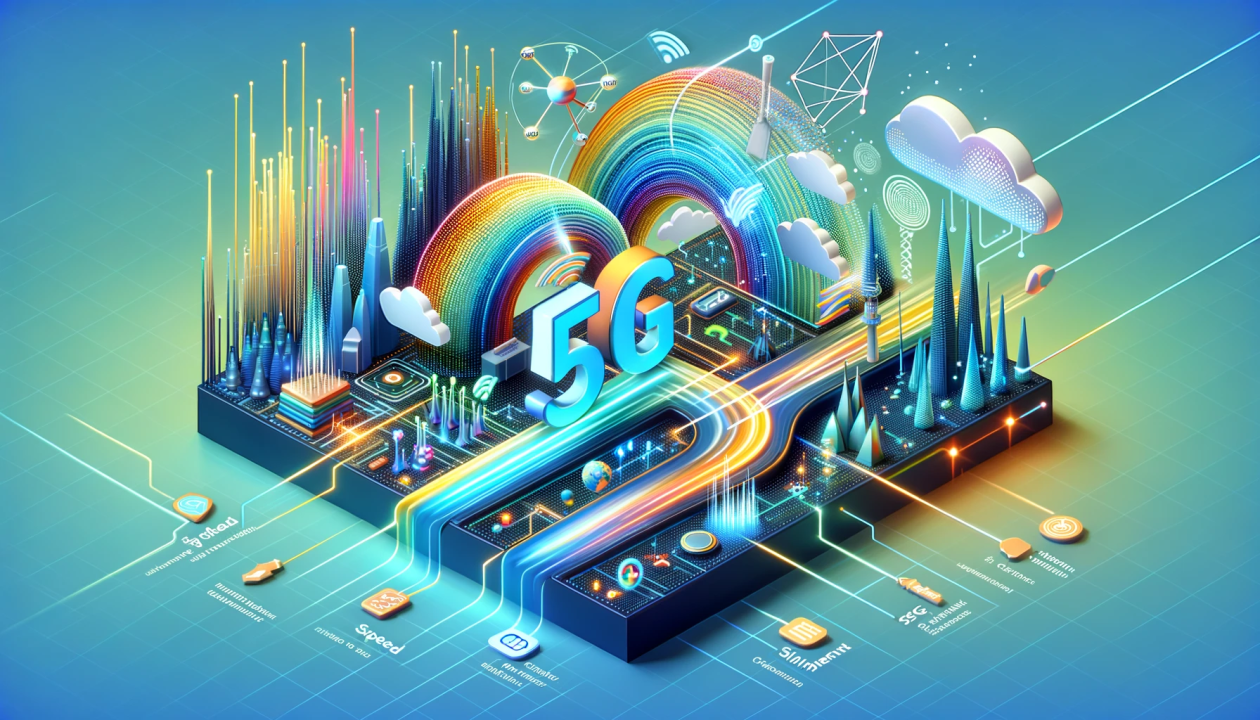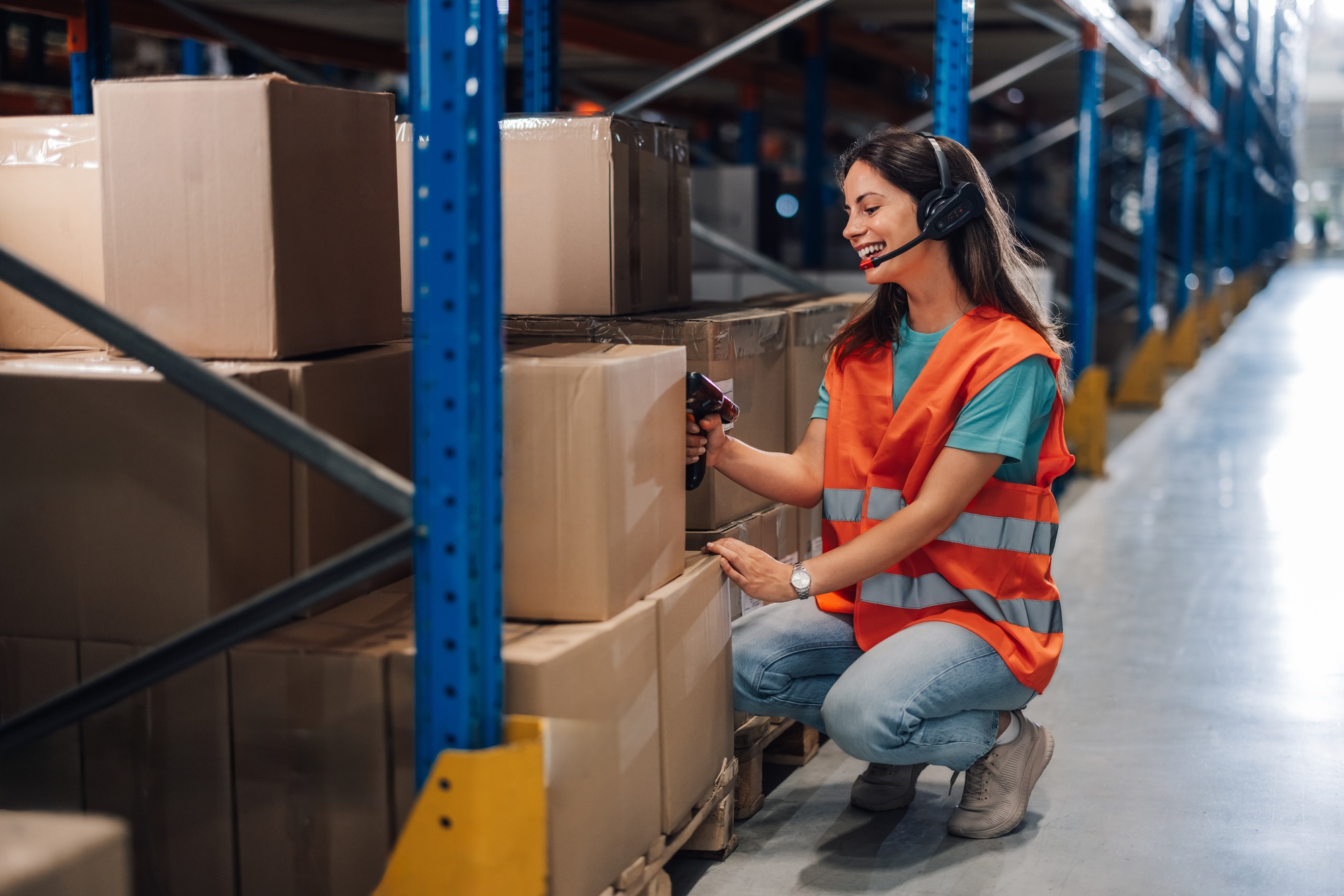Por qué el 5G hará que la integración de envíos de comercio electrónico sea 10 veces más rápida
¿Cómo afecta realmente el 5G a la integración de envíos de comercio electrónico?
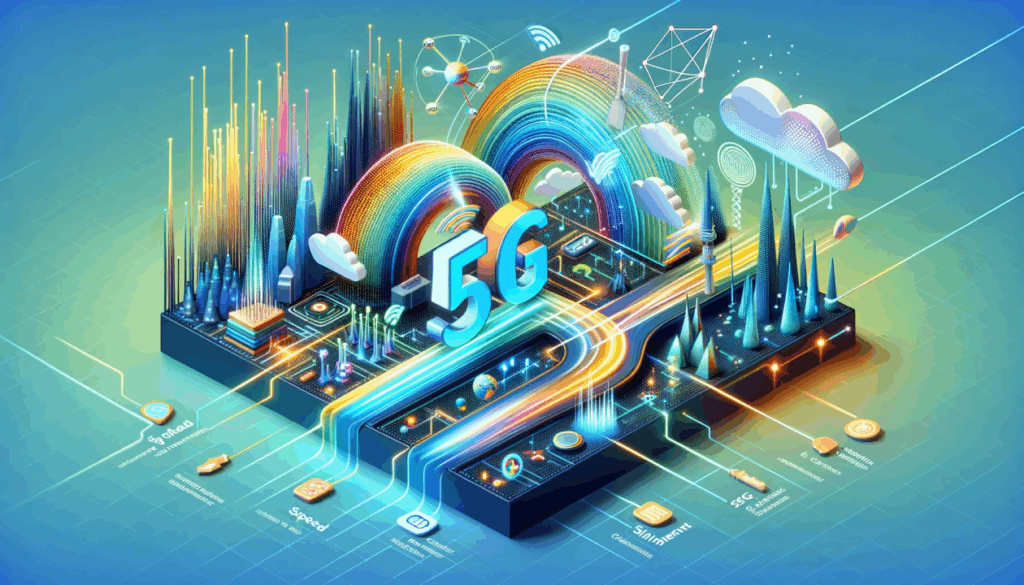
5G es algo más que una red móvil más rápida. Representa un cambio fundamental en la forma de transmitir, procesar y utilizar los datos en todos los sectores. Para las marcas de comercio electrónico, en las que el éxito depende a menudo de la velocidad y la precisión, el papel de la 5G en la integración de envíos de comercio electrónico no puede exagerarse. Una conectividad más rápida significa menos retrasos, mayor precisión de los datos y una coordinación logística más fluida.
¿Qué hace que la integración de envíos de comercio electrónico sea tan compleja?
Los envíos de comercio electrónico no consisten únicamente en trasladar un paquete de un punto A a un punto B. La integración implica coordinar la tecnología, las plataformas y la logística de forma que el cliente final se sienta cómodo.
1. Actualizaciones de inventario en tiempo real
- Los productos a menudo se venden a través de múltiples canales (Amazon, Shopify, WooCommerce).
- Sin actualizaciones instantáneas, los clientes pueden comprar productos ya agotados.
- La integración garantiza unos niveles de existencias precisos en todas las plataformas.
2. Generación de etiquetas multiportadora
- El software de envío debe conectarse a múltiples transportistas al instante.
- Las etiquetas deben reflejar las direcciones exactas, el peso y el coste en tiempo real.
- Cualquier retraso provoca cuellos de botella en el cumplimiento.
3. Seguimiento y visibilidad de los paquetes
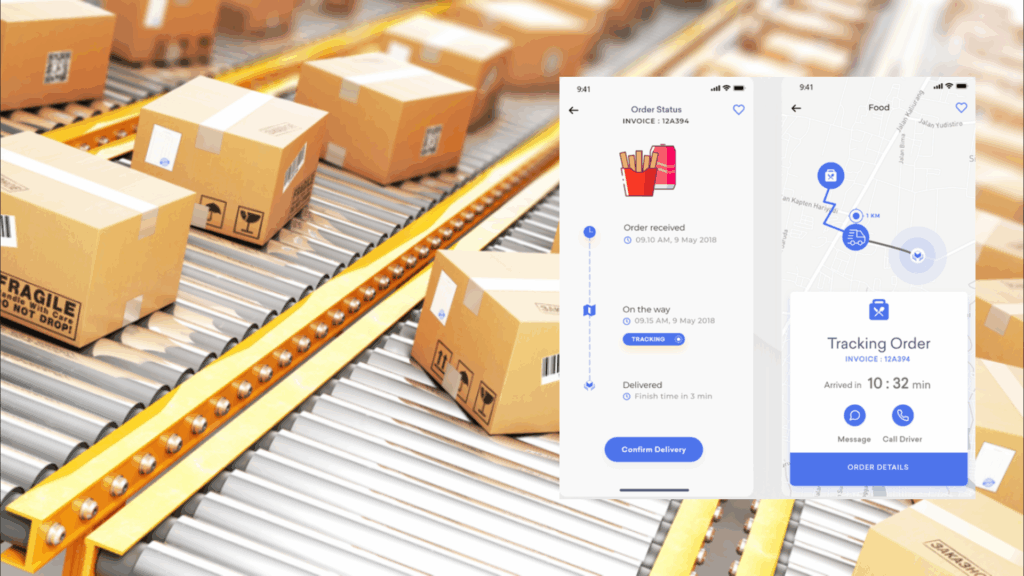
- Los clientes esperan seguimiento en tiempo real.
- Los sistemas deben sincronizarse constantemente con las API de los operadores.
- Los retrasos en las actualizaciones crean problemas de atención al cliente.
4. Cumplimiento transfronterizo
- Los envíos internacionales requieren formularios de aduanas, aranceles y códigos HS.
- Los sistemas deben validar y transmitir estos datos sin demora.
- Los retrasos en las aduanas perjudican la satisfacción del cliente.
5. Automatización de almacenes
- Robots, estanterías inteligentes y escáneres dependen de una conectividad constante.
- Las redes Wi-Fi tradicionales no pueden gestionar con eficacia miles de dispositivos.
¿Cuáles son las principales ventajas del 5G para los envíos de comercio electrónico?
Latencia ultrabaja
- La 5G reduce los tiempos de respuesta a unos pocos milisegundos, lo que permite una comunicación casi instantánea entre sistemas.

- En comercio electrónico, esto significa sincronización en tiempo real entre plataformas, almacenes y transportistas APIs. Las actualizaciones de inventario, las confirmaciones de pedidos y los activadores de envío se producen sin retrasos perceptibles.
- Para las empresas modelos de cumplimiento justo a tiempoLa latencia ultrabaja garantiza que, en el momento en que se realiza un pedido, los sistemas de automatización del almacén reaccionan inmediatamente, activando en tiempo real los robots de picking, las máquinas de embalaje y la impresión de etiquetas.
Ancho de banda masivo
- A diferencia del 4G, que tiene problemas con las transferencias simultáneas de datos a gran escala, el 5G ofrece una capacidad de ancho de banda mucho mayor.
- Esto permite a las plataformas gestionar miles de pedidos y actualizaciones de seguimiento simultáneamenteincluso en los momentos de mayores ventas, como el Viernes Negro o el Día de los Solteros.
- Los vendedores multicanal se benefician especialmente, ya que el 5G evita las ralentizaciones de la red al sincronizar los niveles de existencias, generar etiquetas y transmitir datos de pedidos de gran volumen a través de diferentes operadores y mercados.
Habilitación de Edge Computing
- 5G abre el potencial de computación periféricadonde los datos se procesan más cerca de su origen, como directamente en el interior de almacenes o centros de distribución.
- En lugar de depender únicamente de servidores lejanos en la nube, los sistemas de envío pueden procesar los datos localmente, lo que acelera los tiempos de respuesta y mejora la fiabilidad.
- Esto es especialmente valioso para Operaciones impulsadas por IoT-como escáneres de códigos de barras, cintas transportadoras, vehículos de guiado automático (AGV) y estanterías inteligentes- que requieren decisiones en fracciones de segundo sin retrasos en la red.
Conexiones multidispositivo fiables
- Una de las capacidades más impresionantes del 5G es soportar hasta un millón de dispositivos conectados por kilómetro cuadrado sin caídas de rendimiento.
- En los centros logísticos, esto significa que escáneres portátiles, impresoras móviles, etiquetas RFID, rastreadores GPS y robots pueden permanecer conectados simultáneamente sin competir por el ancho de banda.
- Con conexiones fiables, los almacenes pueden ampliar las implementaciones de IoT con confianza, lo que permite flujos de trabajo más inteligentes, un seguimiento ininterrumpido de los paquetes y una coordinación más fluida entre los trabajadores humanos y los sistemas automatizados.
¿Dónde aumentará más la integración del envío en el comercio electrónico?
1. Velocidad de cumplimiento
- La sincronización instantánea evita la sobreventa: Con los sistemas habilitados para 5G, la disponibilidad de los productos se actualiza en tiempo real en todos los canales de venta. Si un producto se vende en Shopify, el inventario se refleja al instante en Amazon, eBay y WooCommerce, evitando la frustración del cliente.

- Creación de etiquetas sin retrasos: Los transportistas como UPS o FedEx pueden generar etiquetas de envío al instante, incluso durante los picos de demanda. De este modo, las cadenas de distribución se mantienen en movimiento.
- Automatización de almacenes más rápida: Los robots, las cintas transportadoras y los sistemas pick-to-light responden inmediatamente a los nuevos pedidos. Sin retrasos, se reducen los cuellos de botella en el procesamiento de pedidos.
2. Precisión en el seguimiento de paquetes
- Visibilidad en tiempo real para los clientes: Los compradores reciben actualizaciones de seguimiento casi instantáneas, lo que reduce la incertidumbre sobre sus pedidos.
- Alertas proactivas de problemas: Si un paquete se retrasa o se desvía, el sistema puede enviar alertas incluso antes de que el cliente pregunte.
- Reducción de la carga de trabajo de los equipos de asistencia: Con datos precisos sincronizados en segundos, los clientes no tienen que inundar el servicio de asistencia con preguntas del tipo "¿Dónde está mi paquete?".
3. Gestión de devoluciones
- Generación instantánea de etiquetas para devoluciones: Los clientes pueden descargar o imprimir etiquetas de devolución inmediatamente, lo que mejora la experiencia de devolución.
- Reembolsos más rápidos: La confirmación de devoluciones en tiempo real acelera la aprobación de reembolsos, lo que aumenta la confianza del comprador.
- Más suave logística inversa: Los almacenes pueden procesar rápidamente las mercancías devueltas y actualizar la disponibilidad de existencias, minimizando la pérdida de ingresos.
4. Autorización de envíos internacionales

- Envíos aduaneros más rápidos: Las plataformas de envío presentan las declaraciones de aduanas y los documentos de conformidad al instante, lo que reduce los retrasos.
- Actualizaciones de autorizaciones en tiempo real: Los clientes y las empresas saben exactamente cuándo pasan los paquetes por la aduana, lo que mejora la fiabilidad.
- Mejora de la confianza global: Una entrega internacional fiable refuerza la reputación de una marca en los mercados extranjeros.
5. Expansión del comercio electrónico móvil
- Los mensajeros permanecen conectados mientras se desplazan: Los conductores reciben rutas de reparto optimizadas y actualizaciones de paquetes al instante, incluso en zonas urbanas muy transitadas.
- Cuadros de mando móviles para directivos: Los responsables de comercio electrónico supervisan los pedidos y el progreso de la entrega desde cualquier lugar, tomando decisiones rápidas en tiempo real.
- Agilidad en la toma de decisiones: Con datos instantáneos, los gestores pueden reasignar mensajeros, redirigir entregas o priorizar pedidos urgentes sobre la marcha.
¿No basta con Wi-Fi o 4G?
No para las exigencias del comercio electrónico moderno.
- Limitaciones Wi-Fi: Congestión en almacenes congestionados e inestabilidad en grandes instalaciones.
- Deficiencias 4G: Mayor latencia y conexiones simultáneas limitadas.
- Ventaja 5G: Gestiona entornos IoT densos, transferencia de datos más rápida y conexiones estables entre instalaciones.
¿Cuáles son los casos de uso que ya están surgiendo?
Los almacenes inteligentes de Amazon
- Utiliza robots y sensores conectados a través de redes 5G.
- Consigue mover los productos en tiempo real y reducir los errores de picking.
Maersk Logística
- Pruebas de seguimiento de contenedores mediante 5G en el transporte marítimo mundial.
- Proporciona actualizaciones transparentes y en tiempo real a los clientes.
Integraciones PostalParcel

- Plataformas como Paquete postal están preparadas para integraciones de alta velocidad.
- Diseñado para responder a las exigencias de la logística moderna con baja latencia y sincronización rápida.
¿Cómo deben prepararse las empresas para el transporte mejorado por 5G?
1. Auditoría de los sistemas de transporte actuales
- Identificar retrasos en las llamadas a la API.
- Seguimiento de la latencia en la generación de etiquetas y la sincronización del seguimiento.
2. Actualizar a plataformas compatibles con 5G
- Elija un software de envío de comercio electrónico optimizado para la velocidad.
- Postalparcel está diseñado para adaptarse a las futuras demandas de la red.
3. Planificar la expansión de IoT en los almacenes
- Adopte más escáneres, rastreadores GPS y dispositivos conectados.
- Conéctelos a plataformas centralizadas.
4. Aproveche Computación de borde
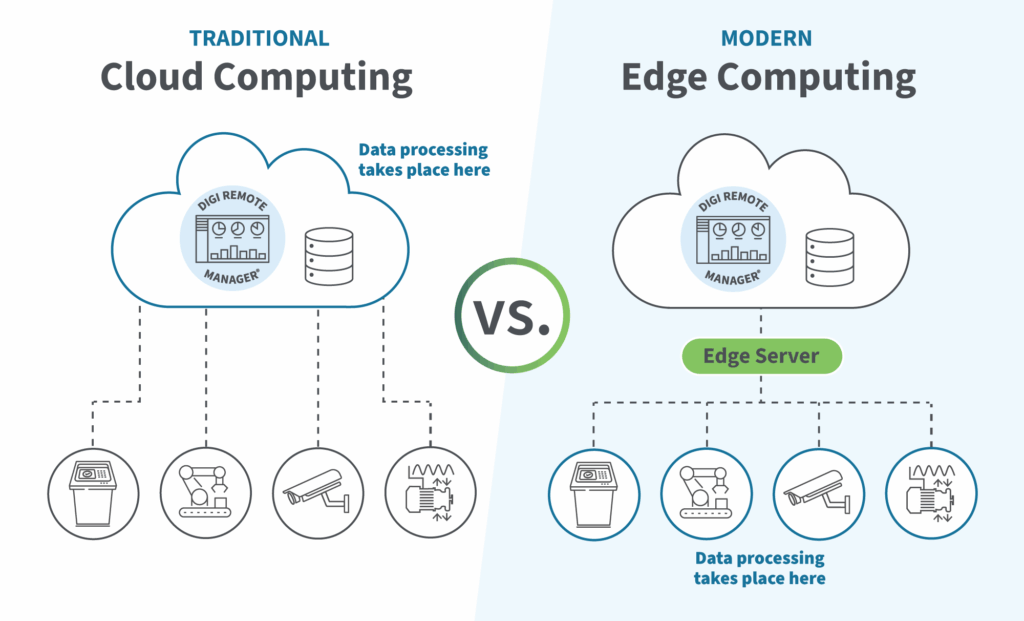
- Reducir la dependencia de servidores lejanos.
- Optimice la tramitación de pedidos directamente en los almacenes.
5. Formación de equipos para flujos de trabajo en tiempo real
- Formar al personal en los nuevos cuadros de mando y sistemas móviles.
- Fomentar la adopción de herramientas de supervisión en tiempo real.
Ventajas adicionales más allá de la velocidad
El 5G ofrece algo más que mejoras de velocidad. Puede redefinir el funcionamiento de las empresas de comercio electrónico:
- Mayor precisión de los datos: La menor latencia reduce los errores de sincronización.
- Escalabilidad: Gestiona los picos de tráfico durante las rebajas de temporada.
- Satisfacción del cliente: Actualizaciones más rápidas significan menos quejas.
- Rentabilidad: La automatización y la agilización de los procesos reducen los costes operativos.
Reflexiones finales: El 5G como catalizador del crecimiento del comercio electrónico
Para las empresas de comercio electrónico, los envíos rápidos ya no son un lujo, sino una necesidad. Los clientes esperan rapidez, precisión y transparencia. La tecnología 5G proporciona la infraestructura necesaria para estas tres características, transformando el funcionamiento de la integración de los envíos de comercio electrónico.
Desde almacenes más inteligentes hasta el cumplimiento del comercio mundial, desde la actualización instantánea de paquetes hasta una logística inversa eficiente, el 5G permite a las plataformas de comercio electrónico escalar a una velocidad sin precedentes.
Las marcas que adopten hoy soluciones de envío preparadas para 5G obtendrán una clara ventaja el día de mañana. Empiece a crear su pila logística de nueva generación con Paquete postal.
Perspectivas del sector
noticias vía inbox
Nulla turp dis cursus. Integer liberos euismod pretium faucibua

